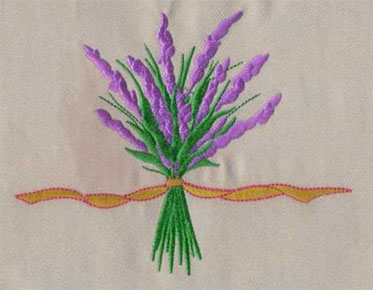Vector Art Animation Techniques: Bringing Graphics to Life
In the ever-evolving digital design landscape, vector art has emerged as a versatile and dynamic medium. While static vector graphics have long been appreciated for their scalability and crispness, the realm of animation opens up a whole new dimension of creativity. This blog delves into the exciting world of vector art animation, exploring techniques that breathe life into graphics, and creating engaging and dynamic visuals that captivate audiences.
1. The Evolution of Vector Art
Animation
From Still to Dynamic: Embracing Motion
Vector art animation marks a departure from
the static nature of traditional vector graphics. By introducing motion,
designers can tell compelling stories, convey messages, and elevate the visual
experience for viewers.
The Power of Scalability in Animation
One of the inherent strengths of vector graphics—scalability—proves to be a game-changer in animation. Whether displayed on a small screen or a large billboard, vector-based animations retain their clarity and quality, offering a seamless viewing experience.
2. Key Techniques for Vector Art
Animation
Frame-by-Frame Animation
Frame-by-frame animation is a series of
individual frames, each slightly varying from the previous one. When played in
rapid succession, these frames give the illusion of continuous motion. This
technique is ideal for intricate and detailed animations, allowing for precise
control over each frame.
Motion Tweens for Smooth Transitions
Motion tweening involves defining the initial
and final positions of an object, and the software automatically generates the
frames in between. This technique streamlines the animation process, making it
particularly useful for creating smooth and fluid motion in graphics.
Shape Morphing: Transformative Animation
Shape morphing is a visually striking technique where one shape seamlessly transforms into another. This method is effective for conveying transitions or transformations in a visually appealing and cohesive manner.
3. Incorporating Vector Art in
GIFs and SVG Animations
Animated GIFs: Adding Life to Social Media
GIFs have become a staple in online communication,
and vector art can enhance the impact of animated GIFs. The lightweight nature
of vector graphics ensures that even complex animations load quickly, making
them ideal for sharing across social media platforms.
Scalable Vector Graphics (SVG): Animation for the Web
SVG, as a web-friendly vector format, supports animation through CSS and JavaScript. This opens up opportunities for creating interactive and dynamic graphics directly embedded within websites, providing a seamless and engaging user experience.
4. Adding Depth with Parallax
Animation
Parallax Effect: Simulating Depth in 2D
Parallax animation involves moving foreground
and background elements at different rates, creating an illusion of depth. This
technique is widely used in web design, creating visually immersive experiences
that respond to user interactions.
Layered Animations for Dimensionality
Layered animations build on the principles of parallax, introducing depth through the careful arrangement of animated layers. This technique is especially effective in storytelling, as it allows for the creation of visually rich narratives.
5. Vector Art Animation for
Branding and Marketing
Dynamic Logos: Captivating Brand Identities
Brands leverage vector art animation to
breathe life into their logos. Animated logos create memorable brand
experiences, enhancing brand recall and leaving a lasting impression on the
audience.
Animated Infographics: Making Data Engaging
Vector art animations extend beyond aesthetics to practical applications. Infographics, when animated, transform data into engaging visual narratives, simplifying complex information and increasing audience comprehension.
6. Tools and Software for Vector
Art Animation
Adobe After Effects: The Powerhouse of Animation
Adobe After Effects stands out as a leading
software for vector art animation. Its comprehensive set of tools allows
designers to create intricate animations, apply effects, and seamlessly
integrate vector graphics into motion projects.
SVG Animation Libraries: Simplifying Web Animation
For web-based vector animations, libraries like GreenSock Animation Platform (GSAP) and Snap.svg provide powerful tools for creating interactive and scalable vector graphics directly within web applications.
Conclusion: Breathing Life into
Visuals
Vector art animation
represents a dynamic fusion of technology and creativity, transforming static graphics
into living, breathing entities. From frame-by-frame animations to web-friendly
SVGs, the techniques explored in this blog showcase the diverse possibilities
that vector art animation brings to the design table. As designers continue to
push the boundaries of what's possible, we can expect vector art animation to
play an increasingly pivotal role in shaping the visual landscape of the
digital age.


